In partnership with NASA, Sandia researchers design reliable and resilient microgrids that could sustain astronauts, mining and fuel processing on the moon.


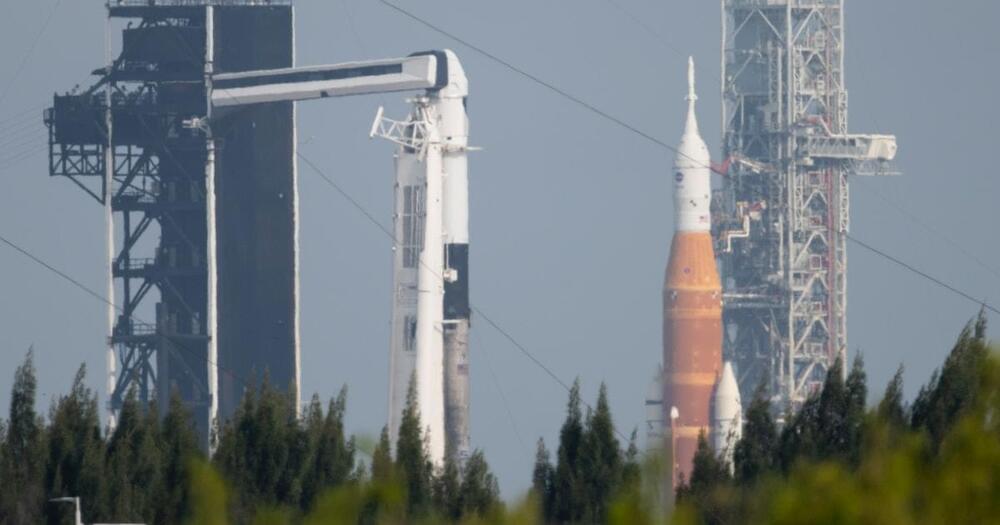
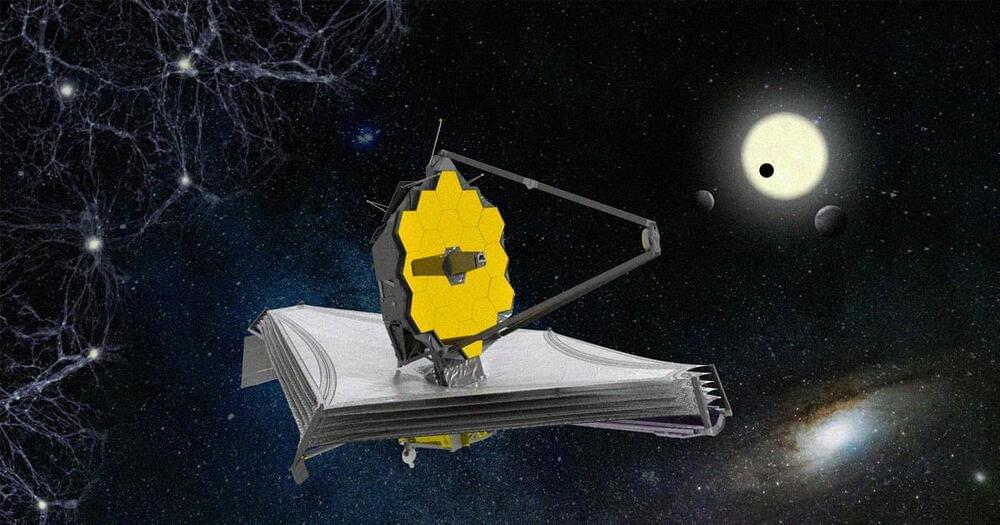
The stars are officially aligned for NASA’s James Webb Space Telescope.
The extremely expensive space observatory has finished its alignment phase, with scientists confirming that it’s almost ready to kick off official scientific operations later this year.
In other words, the $10 billion telescope is on the home stretch, nearing its biggest milestone yet. NASA also released a slew of stunning new sample images taken by the telescope, showing the Large Magellanic Cloud, a small satellite galaxy of our Milky Way — stunning previews, hopefully, for a slew of imagery we’ll see from the ‘scope.

Nobody can explain why this ‘sinuous discrete aurora’ happened.
While scientists have detected discrete auroras above certain patches of the Red Planet before, never have they seen one on such a “massive scale,” the team said. The solar storm that propelled charged particles into the Martian atmosphere at a faster and more turbulent pace than usual is likely a key factor in this type of long, sinuous aurora, the researchers added.
Solar storm occurrences are predicted to increase over the next several years as the sun approaches its solar maximum — the period of greatest activity in the sun’s 11-year cycle — in 2025. The EMM’s Hope orbiter will continue watching for these newly discovered auroras in the meantime, while scientists dig into archival data collected by NASA and the European Space Agency to hunt for more examples of the snake-like streaks over Mars.
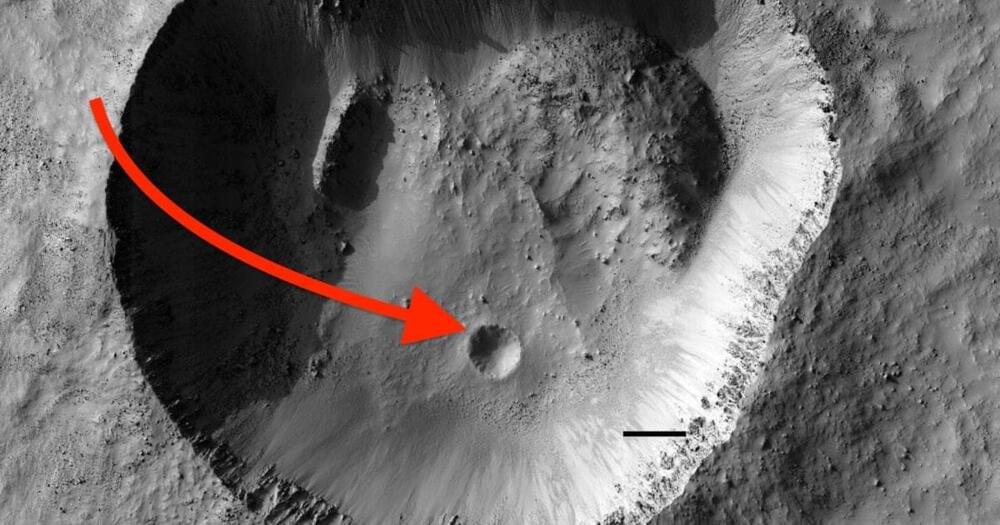
Most craters are circular in shape due to material ejecting out in all directions as a result of an impact. Below is a group of impact craters in Noachis Terra, a large region in Mars’ southern hemisphere. These are all classified as simple craters, which are small bowl-shaped, smooth-walled craters.
Complex craters, on the other hand, are large craters with complicated features, such as terraces, central peaks, and rims and walls their own features. Oblong craters, like the one in the lead image — which is also located in Noachis Terra — can sometimes be created by impacts striking the surface at a very low grazing angle.
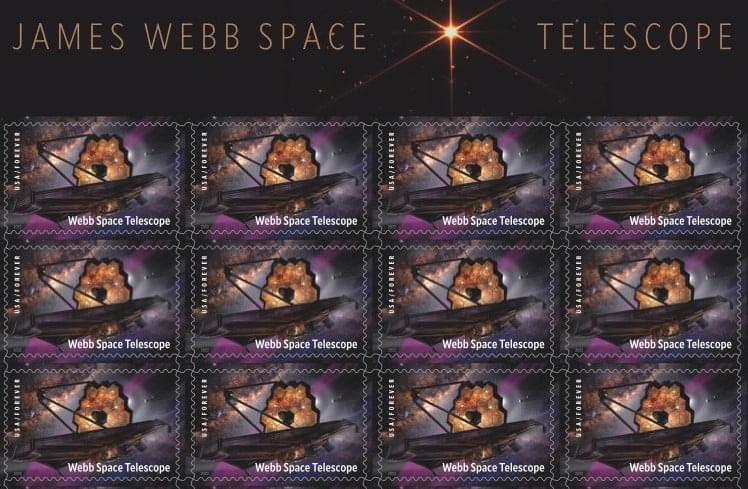
As the James Webb Space Telescope settles into a solar orbit, another version of the satellite will soon be whizzing around Earth.
A new stamp featuring the most powerful space telescope ever built will be issued by the United States Postal Service (USPS) later this year, giving collectors of space memorabilia (or stamps!) something new to add to their collection, and letter writers something to stick on their envelopes.
“Celebrate NASA’s remarkable James Webb Space Telescope, the largest and most complex telescope ever deployed in space, capable of peering directly into the early cosmos and studying every phase of cosmic history,” the USPS said in a message announcing the new stamp.
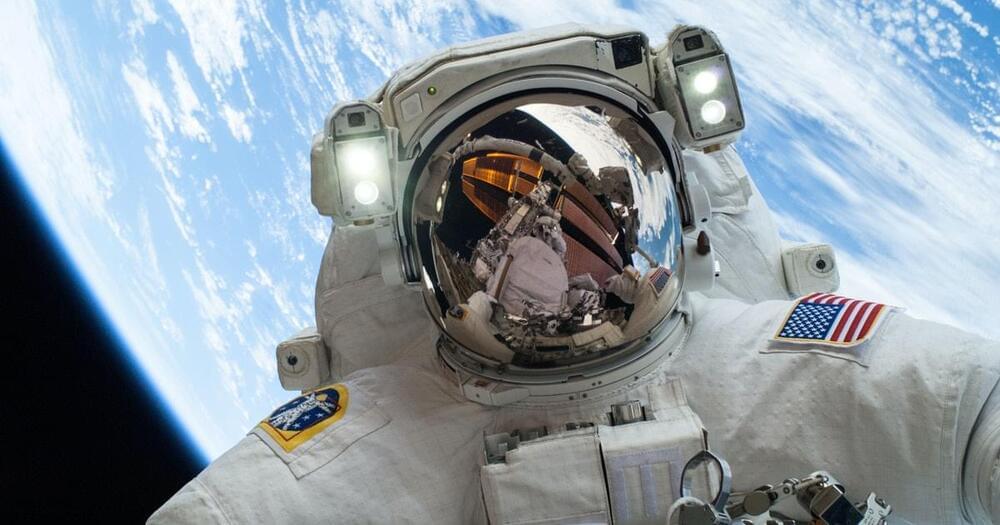
Ex-NASA astronaut says we must fix Earth’s big problems before we colonize other planets.
He tells Inverse that humans should seek to colonize distant planets. But before that happens, he acknowledges the tremendous amount of work that needs to be done on Earth first.
“We need to spread human presence throughout the Solar System and beyond, but we need to do it as ambassadors of a thriving planet,” Garan says. “We can’t do it as refugees escaping environmental disaster.”
The comments come as figures like SpaceX CEO Elon Musk and Blue Origin founder Jeff Bezos call on humanity to establish permanent settlements in space. Musk has repeatedly claimed he wants to establish a city on Mars by 2050, while Bezos wants to build giant, floating cities in Earth’s orbit.

